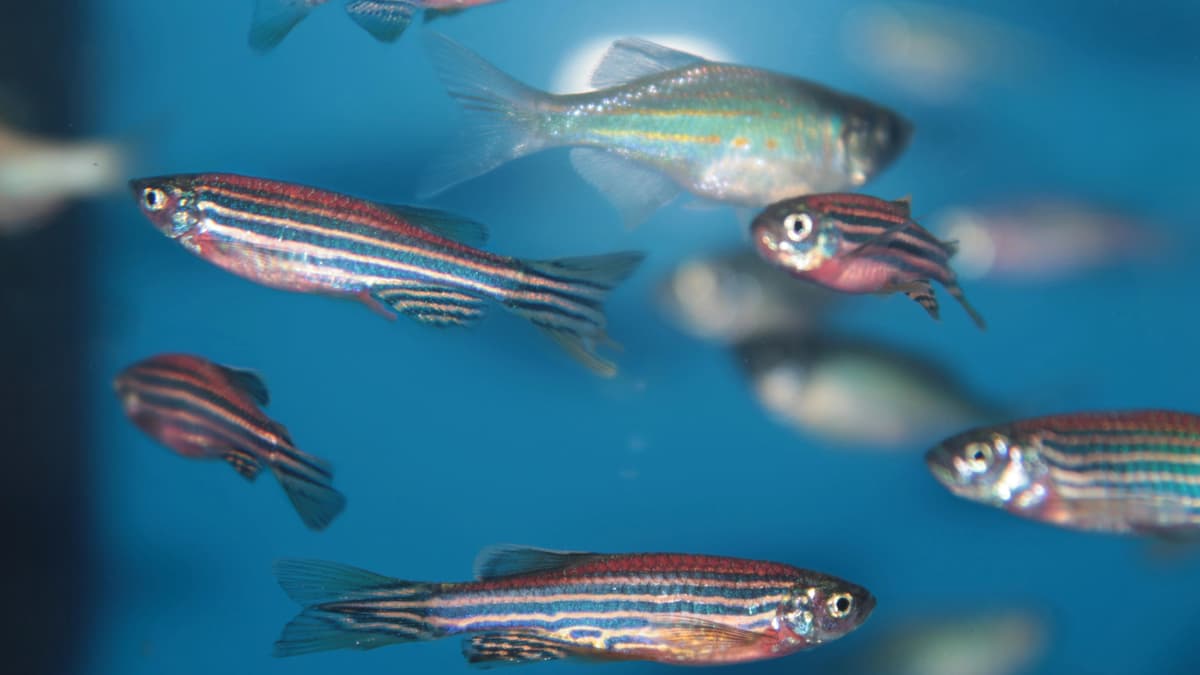Mutant Superhero Fish and Flies: Nature's New Mercury Cleanup Crew

In the world of environmental toxins, methylmercury stands out as a particularly dangerous villain. This highly toxic compound lurks in our seafood, posing significant health risks to unsuspecting consumers. However, hope is on the horizon as innovative scientists are pioneering a groundbreaking solution to combat this environmental menace.
Researchers are developing a cutting-edge method to neutralize methylmercury by employing an ingenious approach: genetically engineered fish and flies that can effectively capture and detoxify the harmful compound. These biological warriors are designed to seek out and neutralize methylmercury, potentially revolutionizing how we address environmental contamination.
By harnessing the power of genetic engineering, these scientists are transforming tiny organisms into powerful environmental cleanup agents. The process involves creating organisms with specialized capabilities to absorb and render methylmercury harmless, offering a promising strategy to reduce toxic contamination in our ecosystems and food chain.
This innovative research represents a beacon of hope in the ongoing battle against environmental toxins, demonstrating how human creativity and scientific expertise can develop sophisticated solutions to complex environmental challenges.

